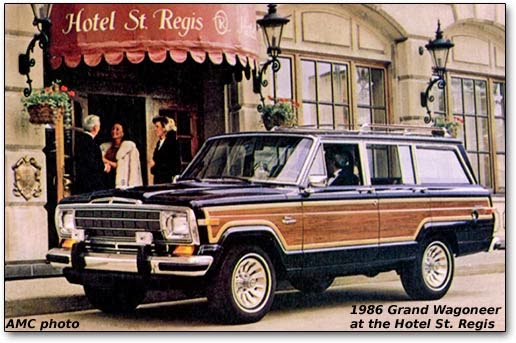Some car buff media reactions to the Riviera concept are here and here. Now that some of the excitement has cooled down, let's give the styling a critique, keeping in mind that only a few details are likely to appear on production cars.
One item that almost surely won't be found on a production Buick is the gull-wing doors, an impractical feature introduced on Mercedes-Benz 300SL racing cars more than 60 years ago that remains catnip for stylists. The grille retains Buick's trademark vertical bars (actually apparently slats here), but they now strongly converge as they drop. This feature might appear later, as might the intake opening shape under the bumper strike-plate, though changes would have to be made because this version seems vulnerable to impact damage.
I find the clean fender surfaces interesting because this marks a change from the fussy character line sheet metal folding that has become a styling cliché. I like the frank sheet metal aspect of the rear fender made clear by its separation from the rear of the car; normally stylists seek to blend the sides and rear elements. Also note the rear-end continuation of the indentation below the door. All this is very fresh and clever. Also impractical, because these gaps would be traps for road grime in everyday driving.
The side view reveals a front fender - rear fender ensemble evocative of 1950s sports cars. Some of this might show up in future production Buicks. I like the tail lights and the way the side window kink echoes the upward thrust of the rear fender. The profile of the top is nicely taut, contrasting with the curvacious fenders. The car looks best when seen from this angle.

















































